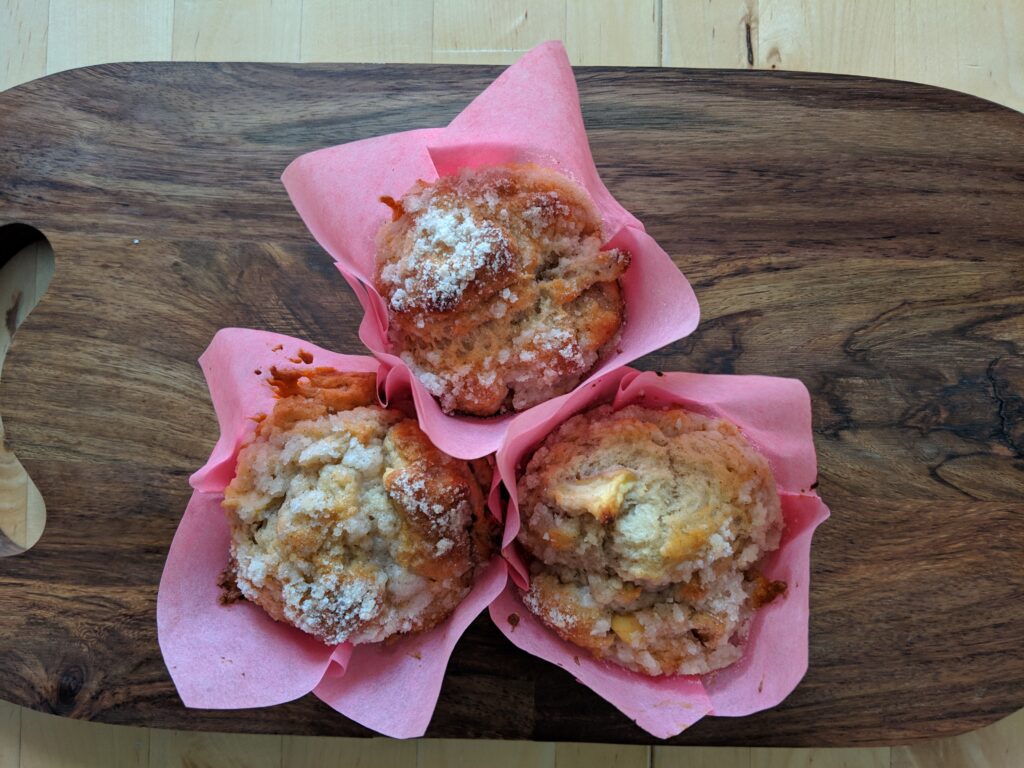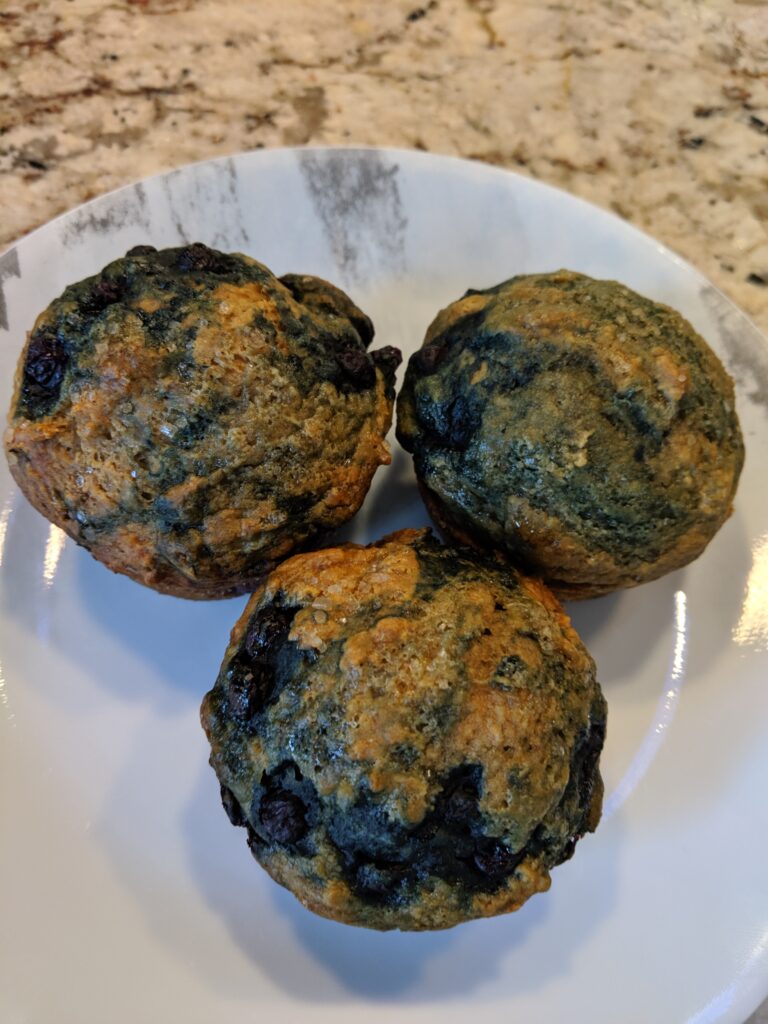Life is easy when you are cooking for one (Okay, I admit cooking in small quantities is not easy especially since most recipes are made for a family of four). You get to cook and eat what you want. There is only one set of taste buds and preferences to contend with. Cooking for a family, while easier quantity wise, can present more of a challenge. Throw in a picky eater or someone with distinct feelings about “healthy” foods, and cooking can feel like a tightrope act.
We all try to find delicious new options, but sometimes the easiest way forward is to take the tried and true favorite and make it a little healthier. Having done that, how do you get others to give it a fair chance? I subscribe to the “what they do not know…their taste buds may love” methodology. Let me share how (and why) that works on helping others eat healthy and enjoy it.
Changing recipes does not mean a change in taste
Changing recipes, and improving the nutrition factor, is a pastime for me. You can say that I have yet to meet a recipe that has not needed to be tweaked. There are many reasons for that, including missing an ingredient, or increasing my preferred tastes. I tend to think of recipes as more of a guideline, and sometimes just an idea generator.
Regardless of my reasons for tweaking recipes, one thing is pretty consistent, how I present the changes to the other people eating them. I DON’T! I have a policy that states that unless they notice and ask about it, I will not advertise it. Most of the time my changes go unnoticed. If someone notices, and asks, I ask why they are asking before confirming or sharing any details. I am not trying to be mean or coy, but understand what they noticed about the new recipe. The reason for that is simple; it will help me make the next tweak more tasty.

Small changes are easier to miss
Most of my recipe changes involve small changes, based on what I know from experience will work and have the desired effect. In baked goods, I usually mess with the flour composition, swapping out some of the white for whole wheat. Since whole wheat has color and taste, and can impact texture, getting feedback is helpful. They rarely notice if I swap a quarter of the quantity, half gets to the noticeable part.
I do not have much of a sweet tooth so sugar is usually on my hit list. I have reduced the sugar in most of my recipes, and no one noticed enough to say anything. Cookies, cakes, muffins and quick breads have all gotten the treatment without complaints. Without telling anyone, I have removed most of the salt in many of our favorite recipes and no one noticed. Salt is easy, you can always add some when you are eating, so I do not worry about guests. (Baking is the exception, salt is needed for proper structure development, not just taste.) I have doubled and tripled the amount of vegetables in recipes with none the wiser. I have added, and hidden ingredients, you would not expect in recipes too (cauliflower or cannellini bean puree in mac and cheese for starters).
An opportunity to manage taste expectations
Let me be clear, my goal is not to lie or hide anything from anyone. I am happy to provide the information when asked. I feel good about helping my family acclimate their taste buds to different tastes. On any given day, I am more than happy to share my new recipe versions. The new versions are what I teach them, now that they have started to show an interest in cooking.

Here is the thing, if I advertised the change before they tasted something their brain would notice whether it was noticeable or not. They would expect it to taste different so it would. Not providing that logical brain prompt makes them actually experience the food before making a decision on whether they like it or not. A prompt about differences may have them deciding to not like it before taking a single bite.
An opportunity to expand the palate
At one point or another I have heard “This tastes healthy” from my husband, one of my children or even a guest. Invariably I answer with “does it taste bad?” I have never received a “yes” in return, and the plates are always clean when they are done. Could they be humoring me to a certain extent? Possibly. Would they eat it if it tasted bad? Unlikely. I would not either. If I like the result, and they do not there is always another option, making their own meal. As the main cook and baker in the family I have a certain level of responsibility. My goal is to teach my family that healthy food can be delicious and that your taste buds, not your thoughts, should be telling you what does or does not taste good.
“How to eat Mindfully and Mindlessly lose weight” breaks down our food relationships and provides practical ideas you can implement in your life to eat healthy while enjoying a delicious life. “Your food life” helps you dig deeper into your personal relationship with food so you can design your own unique plan for weight loss and healthy living. Get your copies today from your favorite online bookseller.

